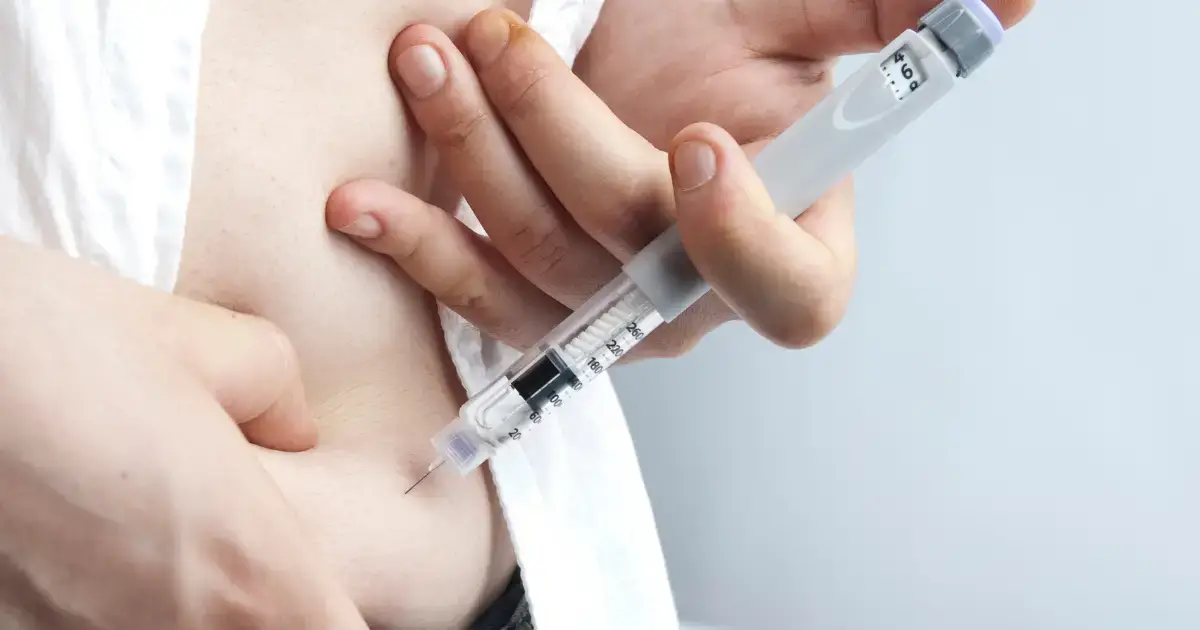Why am I not losing weight on Ozempic?
If you’re not experiencing weight loss as expected while taking Ozempic (semaglutide), there could be several reasons behind it. First, individual responses to medications can vary, and Ozempic may work differently for different people. Additionally, factors such as metabolic differences, dietary habits, lack of physical activity, existing medical conditions, stress, and sleep patterns can all play a role in the effectiveness of Ozempic for weight loss.
To address this issue, it’s essential to consult your healthcare provider. They can assess your specific situation, make necessary adjustments to your treatment plan, and provide personalized advice to help you achieve your weight loss goals effectively. Remember, staying patient and committed to a healthy lifestyle is crucial for successful and sustainable weight loss with Ozempic.
Introduction
Losing weight is a challenging journey, and many individuals turn to weight loss drugs like Ozempic (Semaglutide), Wegovy (Semaglutide), and Mounjaro (Tirzepatide) to aid their efforts. These medications have shown promising results in assisting with weight loss. However, some users have raised concerns about “Ozempic Butt” and “Ozempic Face,” referring to the potential impact these drugs may have on their skin. In this article, we will delve into the topic of skin changes after weight loss, explore the possible effects of these medications on the skin, and discuss ways to manage loose skin after losing weight.
1. Skin Changes After Weight Loss
Losing a significant amount of weight can bring about transformative changes in one’s body, but it can also lead to changes in the skin’s appearance and elasticity. When individuals shed excess pounds, especially rapidly, the skin may struggle to keep up with the changes, resulting in loose and sagging skin. This phenomenon is more likely to occur in individuals who have lost a substantial amount of weight or those who have undergone weight loss surgeries.
2. Ozempic (semaglutide)
Ozempic, a popular weight loss drug, belongs to a class of medications known as GLP-1 receptor agonists. It works by increasing feelings of fullness, slowing down stomach emptying, and reducing appetite, all of which contribute to weight loss. The drug has shown significant effectiveness in helping individuals shed excess pounds and improve their overall health. However, some users have reported experiencing changes in their skin while taking Ozempic.
3. Wegovy (semaglutide)
Wegovy is another medication that contains semaglutide and has been approved for weight loss. With its higher dosage than Ozempic, it has demonstrated even more potent effects in aiding weight loss. As with Ozempic, users of Wegovy have also raised concerns about skin changes, specifically in the buttocks and facial areas.
4. Mounjaro (tirzepatide)
Mounjaro is a newer weight loss drug that combines two hormones, tripeptide, and glucagon-like peptide-1 (GLP-1) agonist. It has shown remarkable results in clinical trials, leading to significant weight loss. However, like Ozempic and Wegovy, Mounjaro users have also reported skin-related issues as possible side effects.
5. Loose Skin Most Noticeable in Face, Butt
Among the areas where loose skin is most commonly observed after weight loss are the face and buttocks. The loss of volume and fat in these regions, coupled with reduced skin elasticity, can lead to a sagging appearance. Some individuals may feel self-conscious about these changes, impacting their overall body image and self-esteem.
6. Managing Loose Skin After Weight Loss
While loose skin after weight loss can be a concern for some, there are various strategies to manage this issue:
Gradual Weight Loss
Gradual weight loss allows the skin to adapt to the changes more effectively, reducing the likelihood of excessive sagging.
Stay Hydrated
Proper hydration is essential for maintaining healthy skin. Drinking plenty of water helps improve skin elasticity.
Exercise and Strength Training
Incorporating regular exercise and strength training into your routine can help tone and tighten muscles, which may provide some improvement to the appearance of loose skin.
Nourish Your Skin
Using moisturizers and creams that contain ingredients like retinol and collagen can help improve skin elasticity and appearance.
Consider Medical Procedures
In severe cases, individuals may opt for medical procedures such as skin tightening treatments or surgery to address loose skin.
Conclusion
Weight loss drugs like Ozempic, Wegovy, and Mounjaro have shown promise in assisting individuals on their weight loss journey. However, some users have reported experiencing skin changes, particularly in the face and buttocks. It is essential to be aware of potential side effects and consult with healthcare professionals when necessary. Managing loose skin after weight loss requires a comprehensive approach, including gradual weight loss, proper hydration, exercise, skin care, and, if needed, medical interventions.
FAQs
Q: Can weight loss drugs cause skin-related side effects?
A: Some weight loss drugs, like Ozempic, Wegovy, and Mounjaro, may be associated with skin changes as a possible side effect, particularly in the face and buttocks.
Q: How can I manage loose skin after losing weight?
A: Gradual weight loss, staying hydrated, exercising, nourishing your skin, and considering medical procedures are some strategies for managing loose skin after weight loss.
Q: Are Ozempic, Wegovy, and Mounjaro effective in aiding weight loss?
A: Yes, these medications have shown significant effectiveness in assisting individuals with weight loss.
Q: Can I use moisturizers to improve skin elasticity?
A: Yes, moisturizers containing ingredients like retinol and collagen can help improve skin elasticity.
Q: Is surgery the only option for managing loose skin?
A: No, surgery is one option, but there are other non-invasive treatments like skin tightening procedures that may also be considered.






